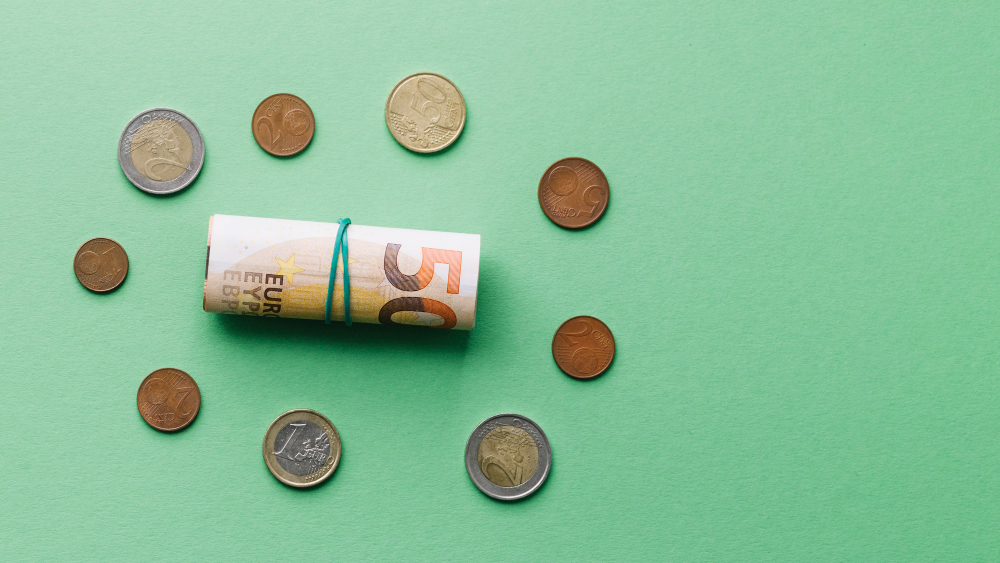ECB Consumer Expectations Survey results – July 2024
Compared with June 2024:
- median consumer inflation perceptions over the previous 12 months declined noticeably, while median inflation expectations for the next 12 months remained unchanged and those for three years ahead edged up;
- expectations for nominal income over the next 12 months and spending growth over the next 12 months decreased;
- expectations for economic growth over the next 12 months became more negative, while the expected unemployment rate in 12 months’ time remained unchanged;
- expectations for growth in the price of homes over the next 12 months decreased slightly, while expectations for mortgage interest rates 12 months ahead remained unchanged.
Inflation
The median rate of perceived inflation over the previous 12 months declined noticeably in July to 4.1%, from 4.5% in June. Meanwhile, inflation expectations at the one-year and three-year horizons remained below the perceived past inflation rate. Median expectations for inflation over the next 12 months remained unchanged at 2.8% for the third consecutive month, having fallen in May to their lowest level since September 2021. Median expectations for inflation three years ahead edged up by 0.1 percentage points in July to 2.4%. Uncertainty about inflation expectations over the next 12 months remained unchanged at its lowest level since February 2022, when Russia invaded Ukraine. Developments in inflation perceptions and expectations remained relatively closely aligned across income groups. Younger respondents (aged 18-34) continued to report lower inflation perceptions and expectations than older respondents (those aged 35-54 and those aged 55-70). (Inflation results)
Income and consumption
Consumer nominal income growth expectations decreased to 1.1%, from 1.4% in June. The decrease in income expectations was broad-based across age and income groups but more pronounced for the lowest two quintiles. Perceptions of nominal spending growth over the previous 12 months decreased further to 5.4%, from 5.8% in June and 5.9% in May. The latest datapoint extends a sustained decline which started in March 2023. Expectations for nominal spending growth over the next 12 months also decreased, to 3.2% from 3.3% in June. Nominal spending expectations are at their lowest level since February 2022, when Russia invaded Ukraine. (Income and consumption results)
Economic growth and labour market
Economic growth expectations for the next 12 months turned more negative, standing at -1.0%, compared with -0.9% in June. Meanwhile, expectations for the unemployment rate 12 months ahead remained unchanged at 10.6%, their lowest level since the start of the series. Consumers continued to expect the future unemployment rate to be only slightly higher than the perceived current unemployment rate (10.1%), implying a broadly stable labour market. Quarterly data showed that unemployed respondents reported a decrease in their expected probability of finding a job over the next three months, which fell to 26.6% in July, from 27.5% in April. Employed respondents also reported that their expected probability of job loss over the next three months increased to 8.9% in July, from 8.7% in April. (Economic growth and labour market results)
Housing and credit access
In July 2024 consumers expected the price of their home to increase by 2.6% over the next 12 months, which was slightly lower than in June (2.7%). Households in the lowest income quintile continued to expect higher growth in house prices than those in the highest income quintile (3.2% and 2.5% respectively), although the difference narrowed somewhat. Expectations for mortgage interest rates 12 months ahead remained stable at 4.8%. As in previous months, the lowest income households expected the highest mortgage interest rates 12 months ahead (5.4%). The net percentage of households reporting a tightening (relative to those reporting an easing) in access to credit over the previous 12 months declined further, as did the net percentage of those expecting a tightening over the next 12 months. Both indicators remained close to levels last seen in the second quarter of 2022. The share of consumers who reported having applied for credit during the past three months, which is measured on a quarterly basis, increased to 17.2% in July from 16.8% in April. The number of applications coming from the lowest income quintiles continued to rise, reaching the highest level observed since the start of the series.
Source: European Central Bank
Legal Notice: The information in this article is intended for information purposes only. It is not intended for professional information purposes specific to a person or an institution. Every institution has different requirements because of its own circumstances even though they bear a resemblance to each other. Consequently, it is your interest to consult on an expert before taking a decision based on information stated in this article and putting into practice. Neither Karen Audit nor related person or institutions are not responsible for any damages or losses that might occur in consequence of the use of the information in this article by private or formal, real or legal person and institutions.






